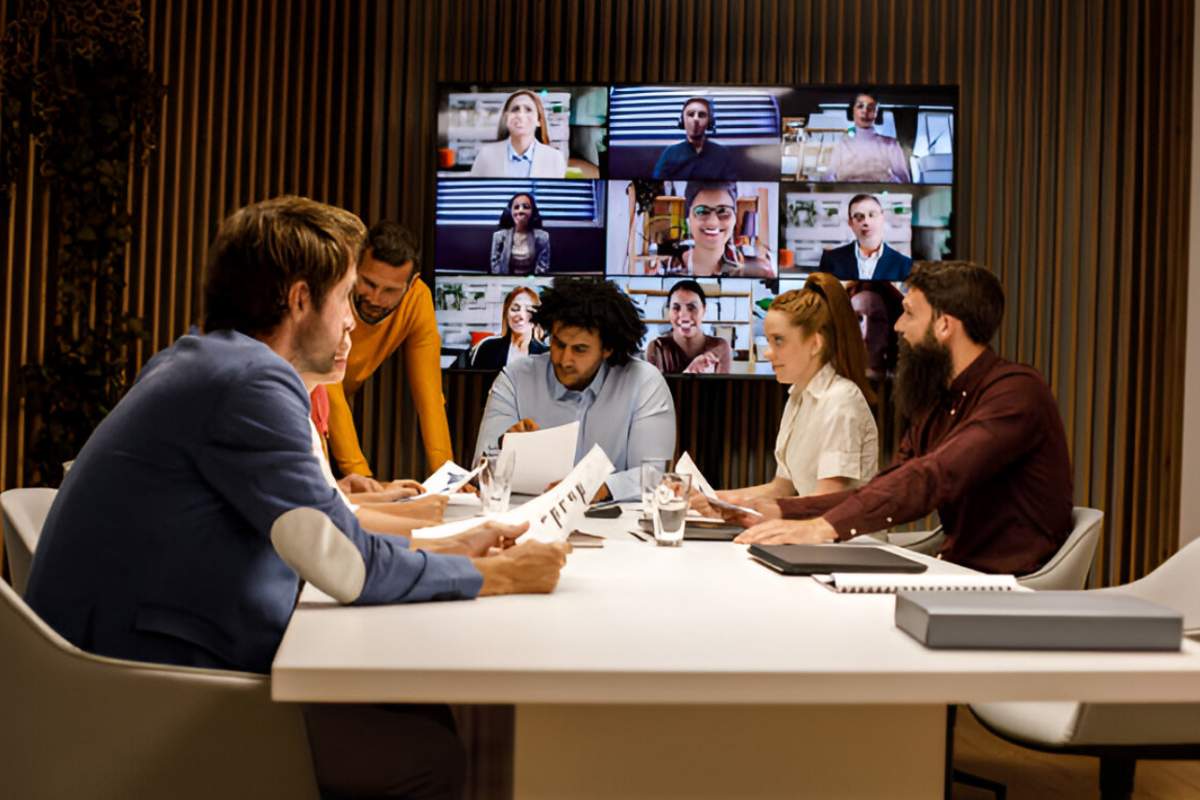Over the past decade, working conditions have changed considerably, and hybrid workspaces are an integral component of modern office life. Traditional structures are changing while companies seek flexible solutions that accommodate employees’ different needs; hybrid workplaces provide the ideal blend between collaboration and privacy that helps foster innovation while keeping focus. Canopy coworking spaces are prime examples of this trend – providing dynamic environments to support both teamwork and individual tasks simultaneously.
The Rise of Hybrid Workspaces
Hybrid workspaces have quickly become popular with modern employees to meet the varied requirements of modern work. Unlike traditional office setups, these hybrid environments combine open areas for collaboration as well as more tranquil zones for focused tasks – giving employees more choices about which environment best meets their needs, whether brainstorming among peers or working on something requiring deep concentration.
Due to an increasing need for adaptable work environments, companies are realizing the benefit of offering employees freedom between different work settings – this not only boosts productivity but also contributes to a healthier work-life balance. Coworking spaces such as CANOPY coworking spaces have gained popularity as an effective solution that offers this flexibility while still offering all amenities associated with traditional offices.
Key Features of Hybrid Workspaces
Hybrid workspaces stand out for their adaptable layout. These flexible spaces can quickly adapt to changing activities with their easily reconfigurable designs; open areas encourage collaboration through communal tables, lounge seating areas, and breakout zones where teams can gather to exchange ideas. Furthermore, tools like whiteboards and video conferencing systems help enable both in-person collaboration as well as remote collaboration.
Privacy is also of equal significance in hybrid office settings. Employees require quiet areas where they can focus without disruption from others; hybrid offices address this need by including features like soundproof booths, private workstations, and acoustic panels to help create an atmosphere in which employees can concentrate while still feeling part of a greater office community.
Technology plays an integral part in hybrid workspaces. From booking apps that reserve private rooms to advanced communication tools, technology ensures employees seamlessly transition between work settings. This tech integration supports hybrid models by keeping teams connected whether working locally or remotely.
Balancing Collaboration and Privacy
A successful hybrid workspace achieves harmony between open collaborative areas and private, focused zones. While collaboration is integral for creating innovative ideas and teamwork, employees also require space where they can work uninterrupted without too much noise or interruptions affecting productivity or increasing stress levels.
Designing an ideal workspace that facilitates both collaboration and privacy requires thoughtful planning. Open areas should be structured to minimize distractions with natural dividers such as plants or acoustic screens to manage noise levels; private areas, on the other hand, should offer comforting environments complete with ergonomic furniture and ample lighting that allow employees to focus.
Enhancing workplace privacy goes beyond physical boundaries; it requires creating a culture that recognizes the need for quiet, focused work. Companies can foster an atmosphere where employees feel at ease balancing both collaborative and individual tasks simultaneously.
Hybrid Workspace Benefits for Modern Teams
Hybrid workspaces have many advantages for today’s teams. They cater to employees’ various work styles by creating an adaptable work environment that adapts easily to changing tasks – this flexibility can especially prove advantageous for companies employing hybrid work models where employees split time between home and the office.
Hybrid workspaces provide cost-effective solutions for expanding businesses and startups alike, eliminating long-term lease commitments while accommodating their changing office needs. This flexibility can prove especially valuable in industries with fast-changing business demands such as technology.
Hybrid workspaces also promote employee wellness. By offering different work environments and spaces that reduce the monotony of traditional office settings, these hybrid environments help employees feel less stagnated at work. Natural lighting, indoor plants, and customized workstations all add up to create more engaging workplaces that boost morale and productivity simultaneously.
Conclusion
Hybrid workspaces represent the future of office design, offering flexibility to support modern work habits. By blending collaborative areas and private zones to meet employee needs and foster innovation and focus, these hybrid models cater to various employees while improving privacy at work. As working environments continue to change and become more personalized over time, hybrid models will continue to play an essential part in shaping how we work.


